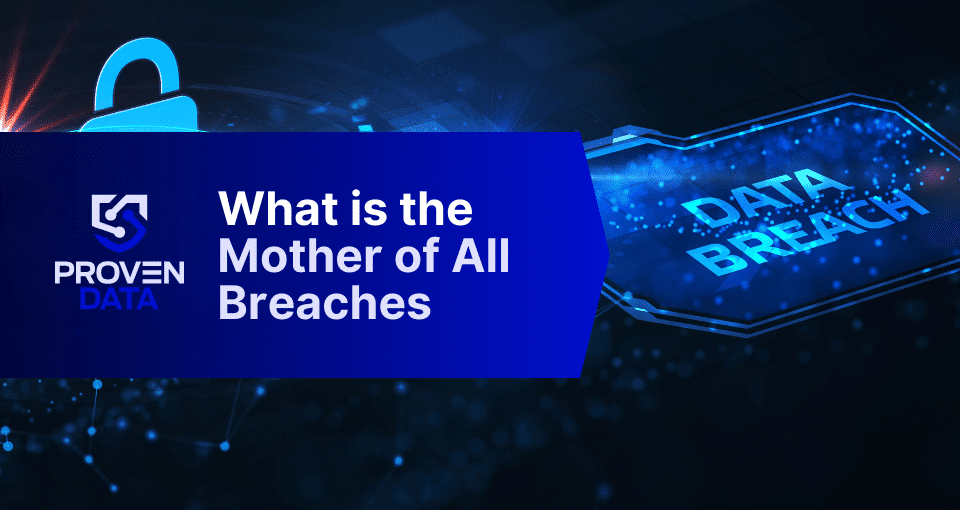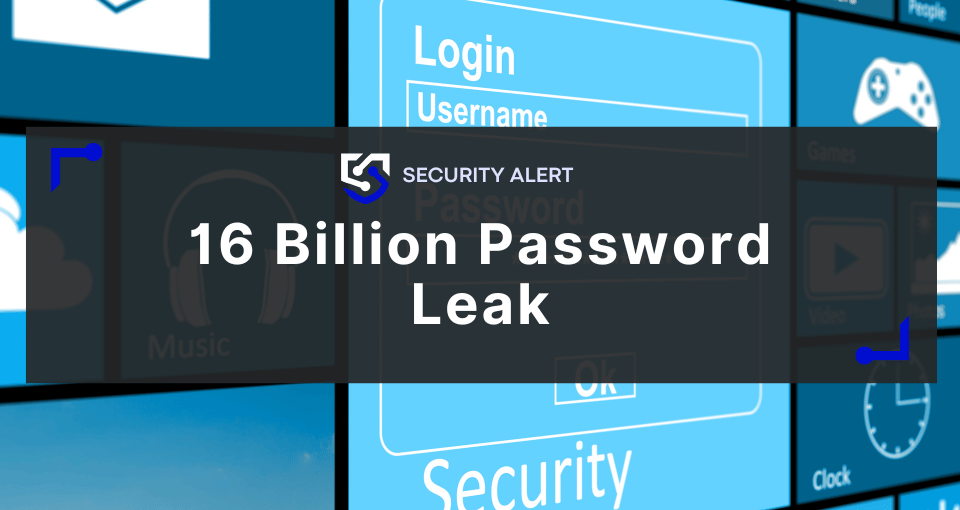Reported in January 2024, the “Mother of All Breaches”, a.k.a. MOAB, represents one of the largest data breaches in history, involving the exposure of over 26 billion records containing sensitive personal information. Its unprecedented scale and the potential risks it poses to individuals and organizations alike, highlight the need for more robust cybersecurity solutions.
What are the 26 billion records breached?
What are the 26 billion records breached?
What are the 26 billion records breached?
The 2024 massive breach, known as the Mother of All Breaches (MOAB), encompasses many data types, including usernames, passwords, and sensitive personal information. This vast repository of compromised data poses significant risks to individuals and organizations, as cybercriminals can exploit it for various malicious purposes, such as identity theft, phishing schemes, and targeted cyberattacks.
What sites are affected by the Mother of All Breaches?
According to a report by TrendMicro, the sites affected by the Mother of All Breaches (MOAB) in January 2024 include:
- Tencent QQ with 1.4 billion records compromised.
- Weibo with 504 million records compromised.
- MySpace with 360 million records compromised.
- Twitter with 281 million records compromised.
- Deezer with 258 million records compromised.
- LinkedIn with 251 million records compromised.
- Adobe with 153 million records compromised.
- Canva with 143 million records compromised.
- Dropbox with 69 million records compromised
This list is not complete, which illustrates the diverse range of sources and countries affected by the breach.
Is this the biggest breach in history?
The MOAB breach is estimated to involve over 26 billion records, potentially including duplicates from prior breaches. That equates to 12 terabytes of data, making it significantly larger than previous breaches.
The sheer scale and diversity of data compromised in the Mother of All Breaches underscore its significance as one of the largest and most far-reaching data breaches in history, with profound implications for individuals and organizations worldwide.
The vast quantity of compromised records amplifies the severity of the incident and emphasizes the urgent need for robust cybersecurity measures to mitigate its impact.
What to do after the data leak of 2024?
The first thing you need to do after learning about the Mother of All Breaches is to check if your data is compromised. Utilize free tools like Cybernews’ Personal Data Leak Checker to confirm if your data has been leaked. Simply enter your email address, phone number, or other details to see if they’ve been exposed.
If that is confirmed, you should contact the affected companies and ask for the fraud department to report that you are the victim of identity theft. This may be a good time to also consider identity theft protection services for additional peace of mind, especially after a breach.
How to protect your data and network after the breach?
Staying informed and taking proactive steps can significantly improve your chances of protecting yourself from the fallout of a data breach. Even if your information was compromised by the MOAB, you can prevent the consequences of it from being disruptive.
Pro tip: You can also find helpful information and recommendations from reputable cybersecurity organizations like the National Institute of Standards and Technology (NIST) or the Cybersecurity & Infrastructure Security Agency (CISA).
Here are some steps you can take to protect your data and network and ensure the MOAB does not cause a cyber attack on your system and network:
1. Change passwords
Change the passwords to all accounts that might have been compromised by data exposed in the breach. Including email, social media, banking, online shopping, etc.
Don’t reuse old passwords: create strong, unique passwords for each account.
Consider using a password manager to help you create and store strong, unique passwords. Most antivirus service providers have the option to create unique passwords randomly for free.
2. Monitor accounts
Regularly review your accounts for suspicious activity and check your credit reports from the major bureaus (Equifax, Experian, TransUnion). To further minimize risk, you can also freeze your credit reports until you are assured your data is safe.
Another important step is to keep an eye on your bank statements, credit card reports, and other financial accounts for any suspicious transactions or unauthorized access attempts. Only use official channels to check your account and don’t blindly trust email communications from financial organizations as they might be phishing emails.
3. Enable Multi-Factor Authentication (MFA)
Enable multi-factor authentication (MFA) wherever possible on your online accounts. This adds an extra layer of security by requiring additional verification steps, like a code sent to your phone, when logging in to an account.
4. Beware of phishing attempts
Criminals might use the breach to launch phishing attacks using your sensitive information and posing as a business or organization you have a relation with.
- Be cautious of emails, texts, or calls asking for personal information or login credentials.
- Don’t click on links or attachments from unknown senders.
- Verify the legitimacy of any communication before responding.
5. Update software
Ensure your devices (computers, phones, tablets) and software are updated with the latest security patches. Outdated software can have vulnerabilities that attackers can exploit.
6. Check network security
If you manage a network, review and strengthen your network security measures. Consider firewalls, intrusion detection systems, and user access controls.
7. Hire a cybersecurity service provider
By partnering with a cybersecurity service provider, you gain valuable expertise and resources to proactively defend your systems and data, significantly improving your overall cybersecurity posture.
Cybersecurity service providers can be a valuable asset in the fight against cyberattacks and data breaches. They can identify weaknesses in your systems and networks before attackers exploit them. This includes simulating cyberattacks (penetration testing) to find vulnerabilities.
These services can also help you develop and implement strong security policies and train your employees on cybersecurity best practices, like password hygiene and recognizing phishing attempts.
Security providers stay updated on the latest cyber threats and can advise you on emerging risks and mitigation strategies. Contact Proven Data 24/7/365 to ensure your data is protected against data breaches.







